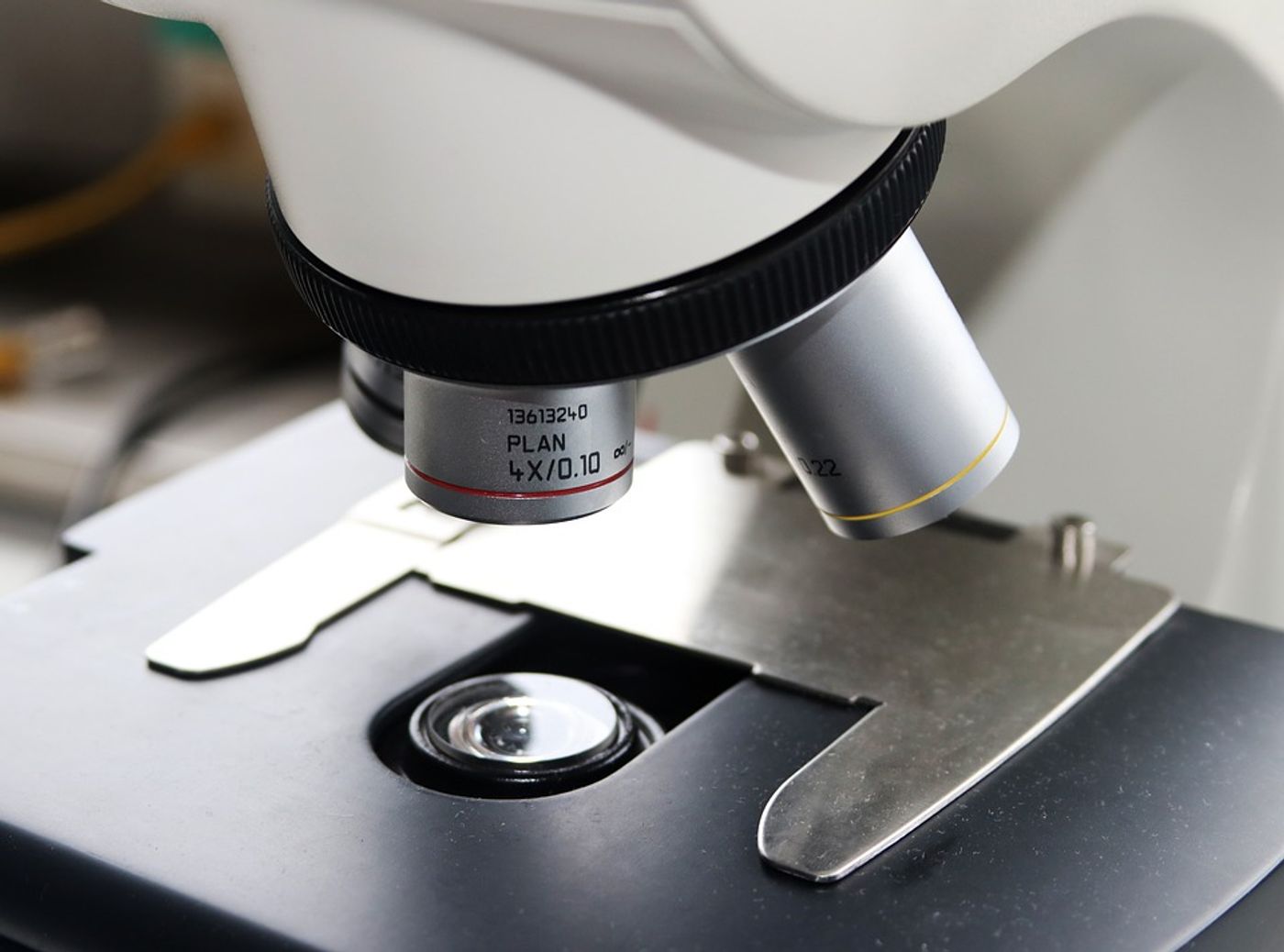Scientists incorporate tellurium into hydrocarbon structures
Tellurium is not one of the more talked about elements. As a semiconductor with chemical properties alike those of sulfur and selenium, tellurium does not make an appearance of any significance in our lives as humans – unlike the all-important hydrogen, carbon, and oxygen, for instance. However, chemists from Germany and Finland think that the element deserves more attention.
In a paper published in Chemistry Europe, the team describes how they replaced oxygen with tellurium in arranging ring-shaped hydrocarbon molecules. While tellurium has a different weight, the incorporated tellurium atoms formed symmetrical tubes that interacted with each other via the tellurium atoms, producing what the researchers call “astonishing and beautiful” structures.
"Something special happens when these substances form crystals," says corresponding author Professor Wolfgang Weigand of Friedrich Schiller University Jena. "Virtually infinitely long tubes are then formed, in which the ring-shaped molecules are held together by the tellurium atoms. This happens due to an unusually strong intermolecular interaction. As a result, very interesting structures are created, which we can observe here."
While chemists have previously identified structures with similar properties, such as metal-organic frameworks, Weigand says these structures are unique. "In contrast to those, however, our compounds are not coordination polymers. Therefore, they behave differently. This can be seen, for example, in the fact that they only make these supramolecular forms as crystals and not when they are dissolved," he explains.
The capacity of these tellurium structures is exciting because of their real-world application potential. For example, the researchers say they may be used to store gases such as carbon dioxide. Despite their small size, there are deep cavities in the compounds that give them an incredibly large surface area - almost 1000 square meters per gram. That’s equivalent to roughly two-and-a-half basketball courts!
"It is in principle conceivable that gases, such as carbon dioxide, could be captured in these cavities," says Wolfgang Weigand. "However, it was important to us, first of all, to explore and study these exciting compounds."
Sources: Chemistry Europe, Eureka Alert









